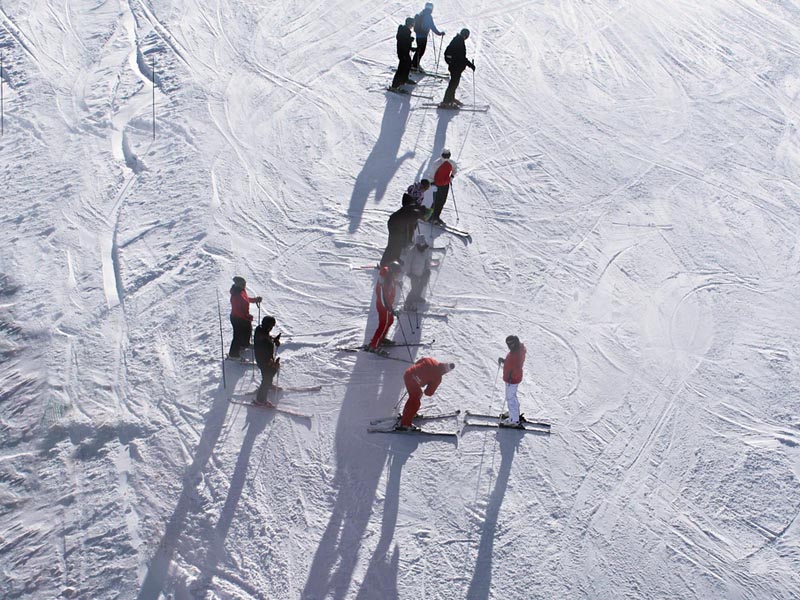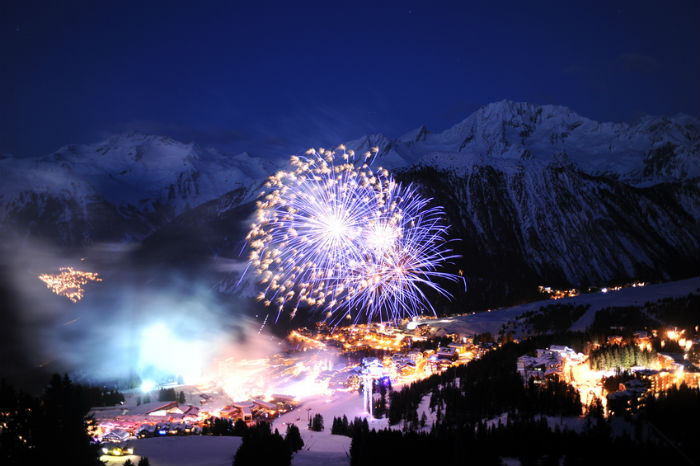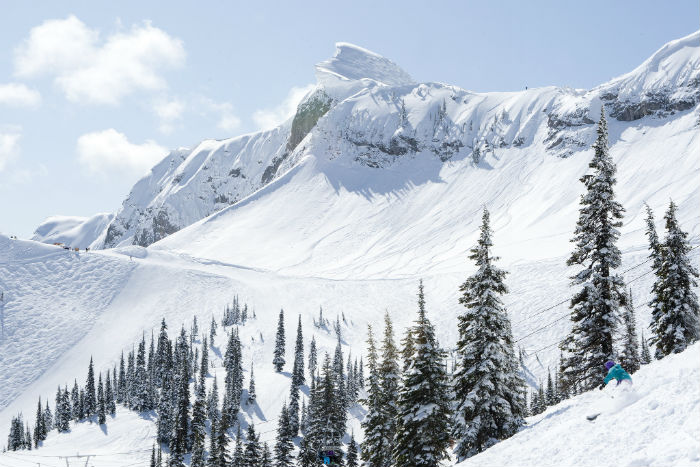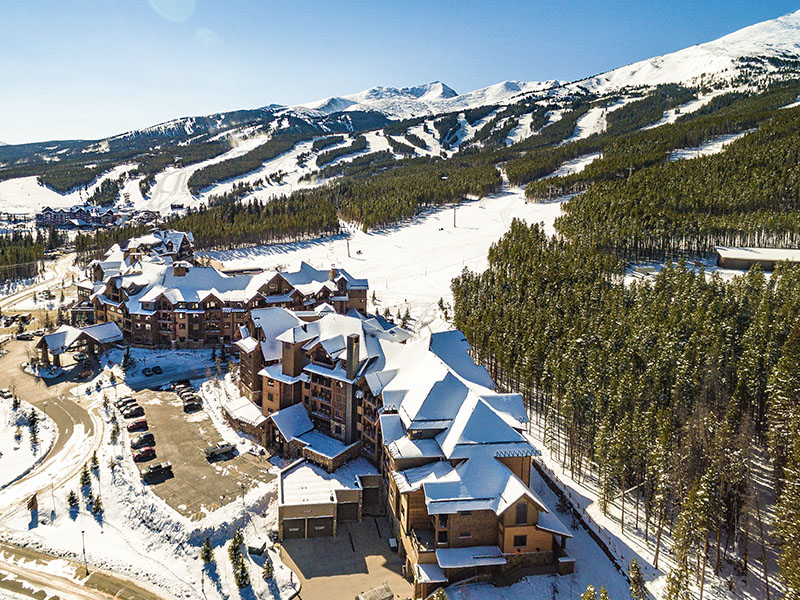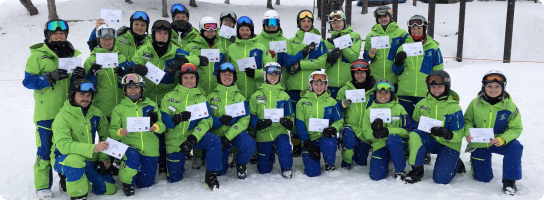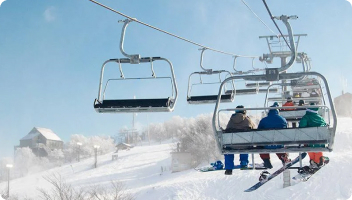You can’t enjoy your snow season without the right gear. The list below is not exhaustive as each person will be different. However, it gives a general indication of the gear to bring when working a winter season – otherwise you will surely up buying it and paying hefty resort prices.
Hardware
- Snowboard or skis / + bag: Depending on where you are working, you may want to bring different types of skis or snowboards. For example, are you working at a resort with deep powder, such as in Japan or western Canada? If so, you may want a wider snowboard or set of skis to help float through the deep, white stuff. If you plan on working at a resort with more on-piste riding, such as in Europe, you might need to look for narrower equipment more suited for the purpose. Check out whether to snowboard or ski to help you out on whether to ski or snowboard.
- Boots: If you are working an entire season, boots are the one item on which it is worth spending that little bit extra to buy a new and comfortable pair. Sore or cold feet lead to reduced riding while ill-fitting boots mean clunky riding. Those who prioritize their boards or skis over boots have their priorities upside down. You do not want to be wasting your days off work boot punching (widening), finishing your day early because your feet hurt, constantly falling over because the boots do not respond to your feet, or wasting time at the top of each run to adjust your boots.
- Goggles: Important for the low light days when the snow blends into the mist and you cannot discern bumps. They are equally important for snowy and stormy days when snow is blowing into your face. Make sure to get lenses tested to the correct UV standard. Sun off the snow can be particularly harsh on skin and eyes. Make sure also that your goggles have good anti-mist capabilities. A good investment is the goggle oil which replenishes anti-mist. Also, remember that your goggle tan is a key to your credibility at the snow in the eyes of some!
- Helmet: Helmets are now very popular for people heading into the back country and tackling the bigger features in the terrain park. Modern helmets fit quite comfortably and are a wise investment for seasonal workers whether hitting beginner or intermediate terrain.
Clothing
Your best bet is to build a wardrobe which allows you to layer – extra layers on cold days and fewer layers on warmer days.
- Ski or Snowboard Pants: While tourists can get away with jeans for a day or two, seasonal workers need a pair of decent, waterproof pants. Go for lightweight and breathable.
- Thermal underwear: As part of your layering strategy, buy long-sleeve thermal tops and pants. They can be worn without much bulk on colder days and provide a good amount of warmth.
- Shirts: Both t-shirts and long sleeve shirts are useful. These can be worn over your thermal top when out on the hill, or even as the outer layer once spring skiing comes around. You will also need a number of shirts to wear around at night after a long, sweaty day on the mountain.
- Tops / Fleeces: These can be worn over your thermal top and shirt to provide extra warmth on cold days. Look for breathable cotton – the type you would use for hiking. Try to avoid wool as when wool gets wet it tends to absorb more moisture, which keeps you cold, and become heavy, which weighs you down.
- Jacket: Jackets are extremely important and you should invest in a decent jacket if working the whole season. Big, thick, water and wind proof is what you should be looking for. As with boots, it is worth spending a little bit extra for a sturdy, warm jacket that will last the season.
- Socks: Remember that thicker socks do not necessarily keep your feet warmer. It is circulation which keeps you warm. Where there is less circulation, such as in thick, tight socks, less blood flows to your feet making them colder. You should be able to wriggle your toes when wearing your socks and boots. The best socks feel comfortable and fill out the boot so the boot is not loose.
- Gloves / Mitts: Gloves or mitts are clearly an essential item to keep your hands warm. For many people, mitts are preferred and keep your hands warmer as you are able to your fingers together which increases circulation. Inner gloves are popular among some seasonal workers for extra warmth.
- Face mask / neck warmer: For Canadian winters, or anywhere else that dips below -15c / 5f, you will want a face mask to avoid bad frostbite on your cheeks.
- Beanie: Make sure it covers your ears otherwise colder days will be brutal.
- Underwear: The clean pair.
Safety Gear
- Shovel
- Avalanche transceiver (beacon)
- Probe
- Backpack
- GPS transponder
Other Clothing to Pack
- Regular shoes – to walk around the village
- Regular clothing including jeans and tops – for days off and for heading out at night to the bars and restaurants
- Swimsuit – in case you find a hot tub
Other Items
- Passport and visa – if working overseas (usually needs to be valid for six months, but this should be checked)
- Plane ticket
- Travel credit card
- Camera + spare memory card
- Memory stick for photos
- Travel insurance
- Sunscreen (remember snow sun can be powerful)
- Lip balm – crucial for wind chapped lips
- Goggle wipes
- Alarm – to wake up for work
- Power adapter
- Hairdryer – if required
- Laundry bags – to do your washing.
- Vaccination records – check local country requirements
- Toiletries
Things to Prepare
- Check passport validity
- Organise flights
- Get required vaccinations
- Arrange international driver’s license – although often not strictly necessary, it often helps if hiring a car
- Email to yourself – passport, visa, flight details, other bookings and send the details to family or friends
- Call your mobile phone provider to arrange international roaming – remember overseas charges can be huge so this should be enabled only for emergencies. It is best to buy a local sim card
- Check power point adapters for the country
- Currency exchange so you have a little bit of local cash on arrival
- Home mail to be stopped or collected by someone
- Arrange travel insurance
- Arrange any required medications – check country requirements for entry

